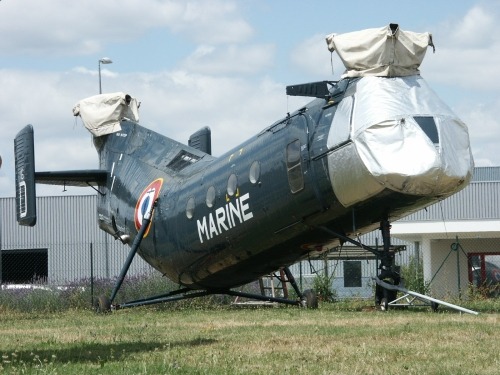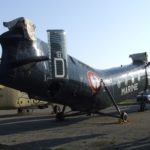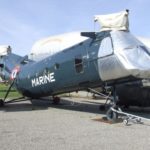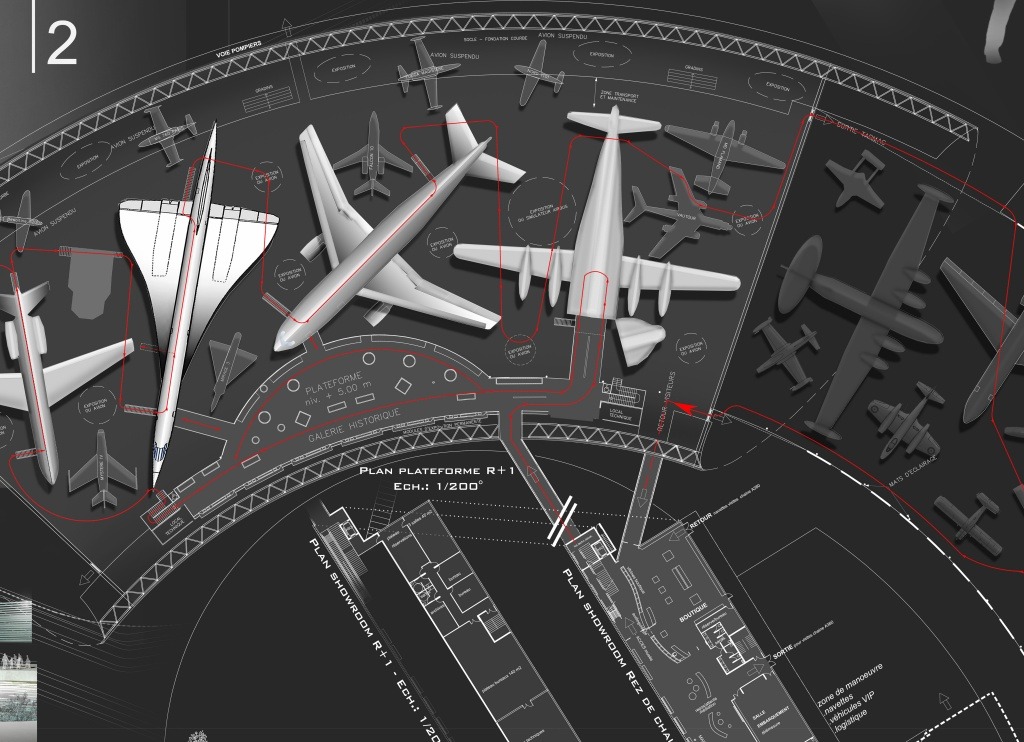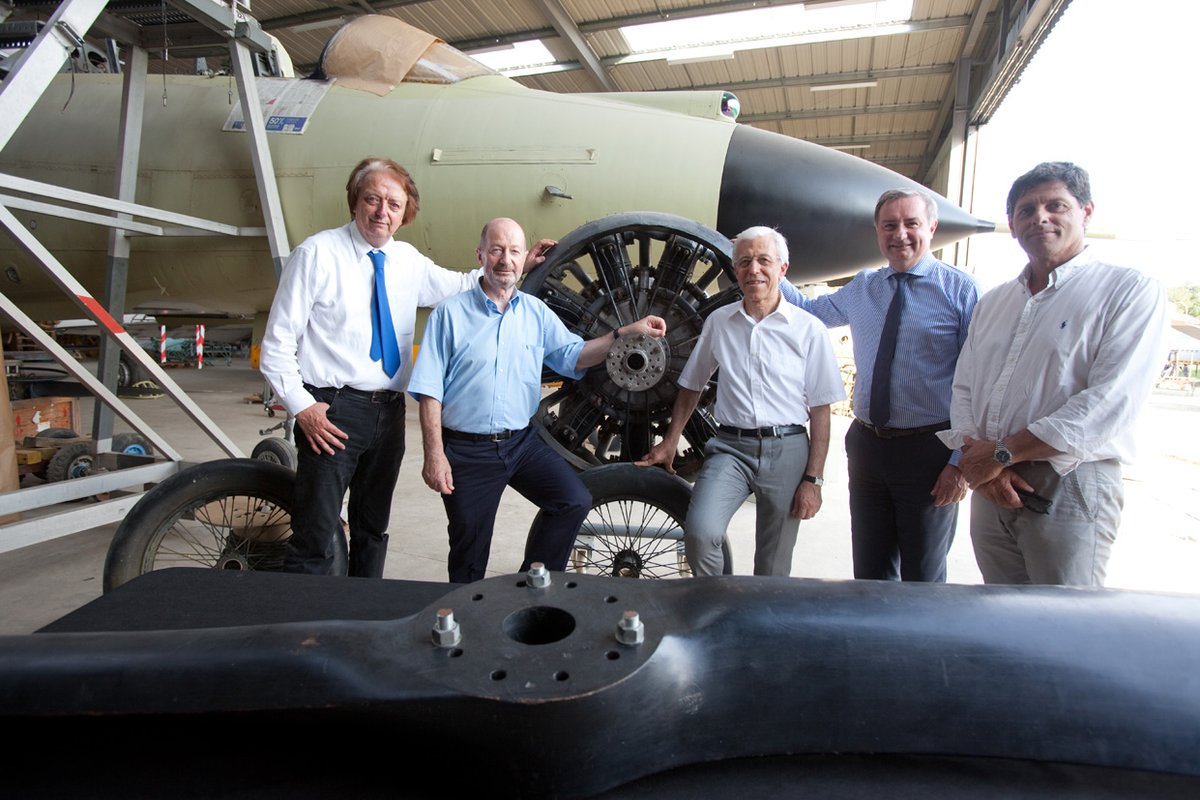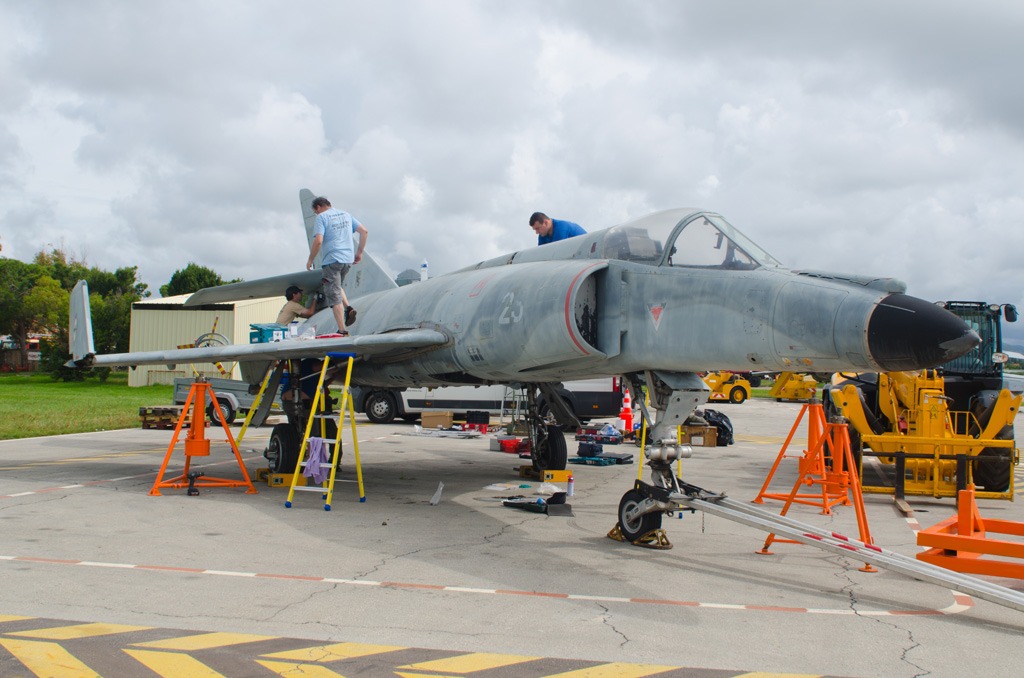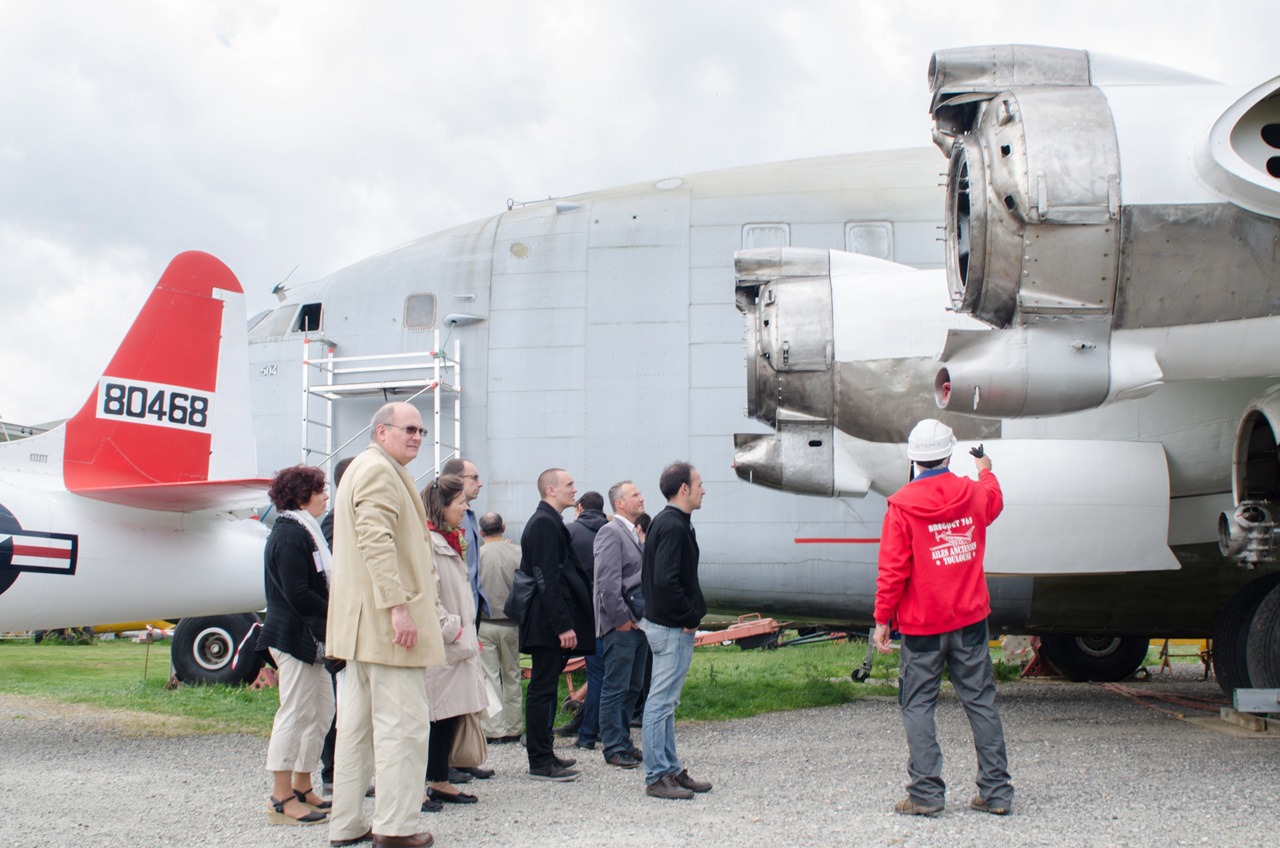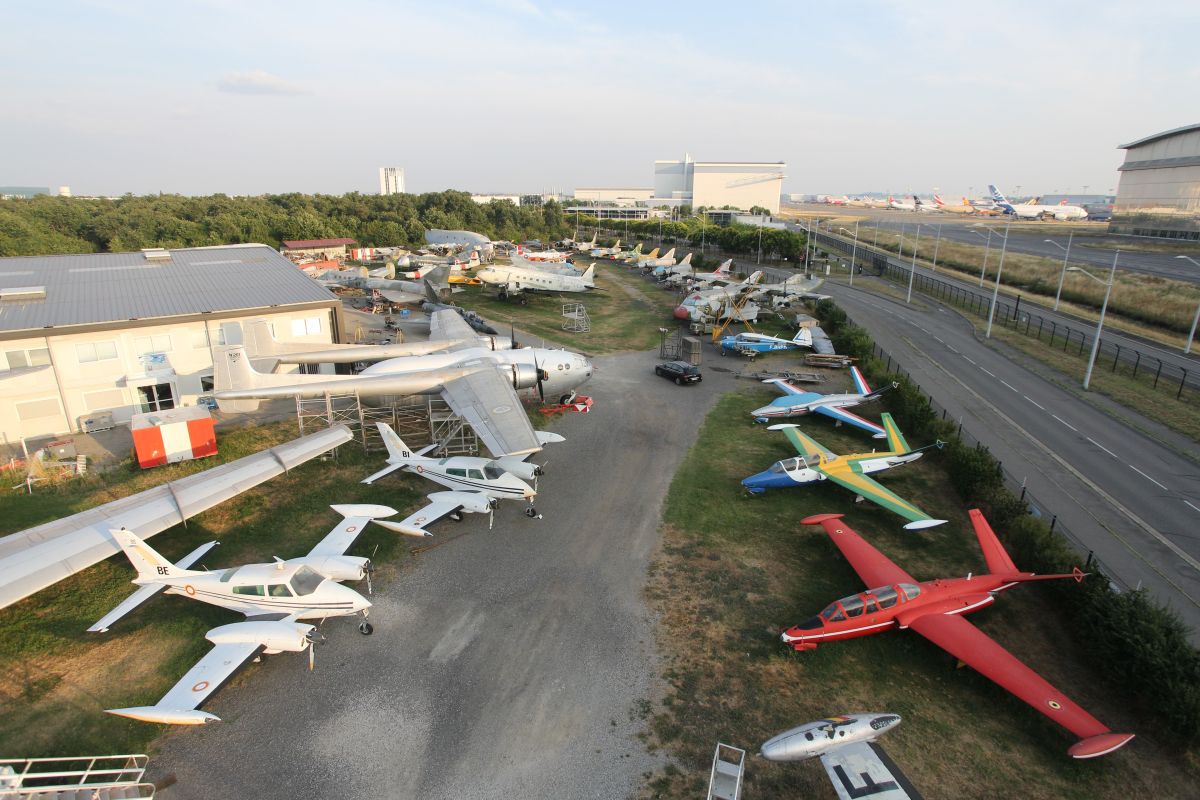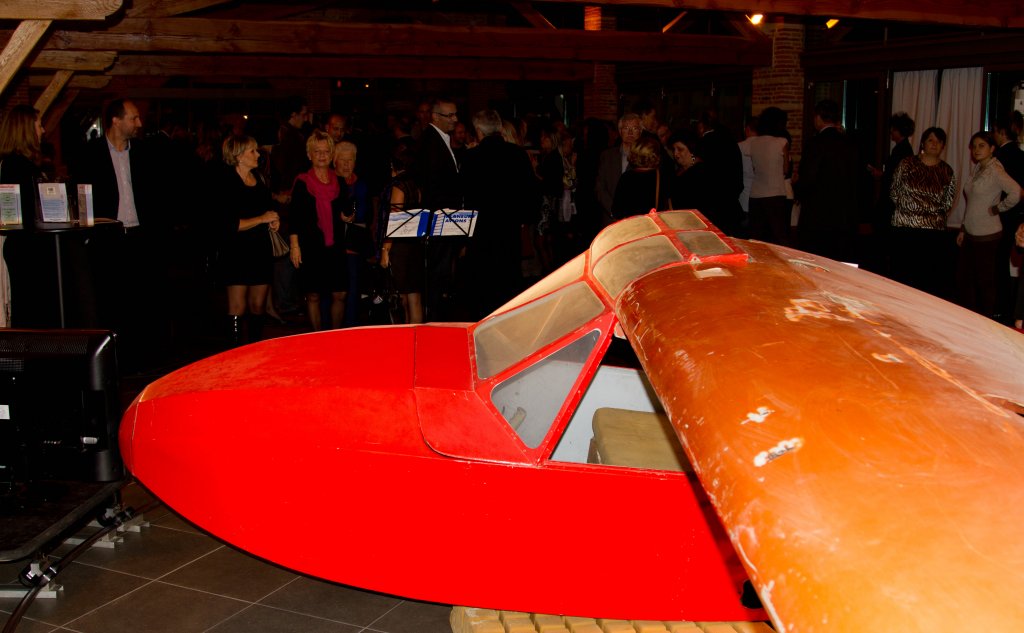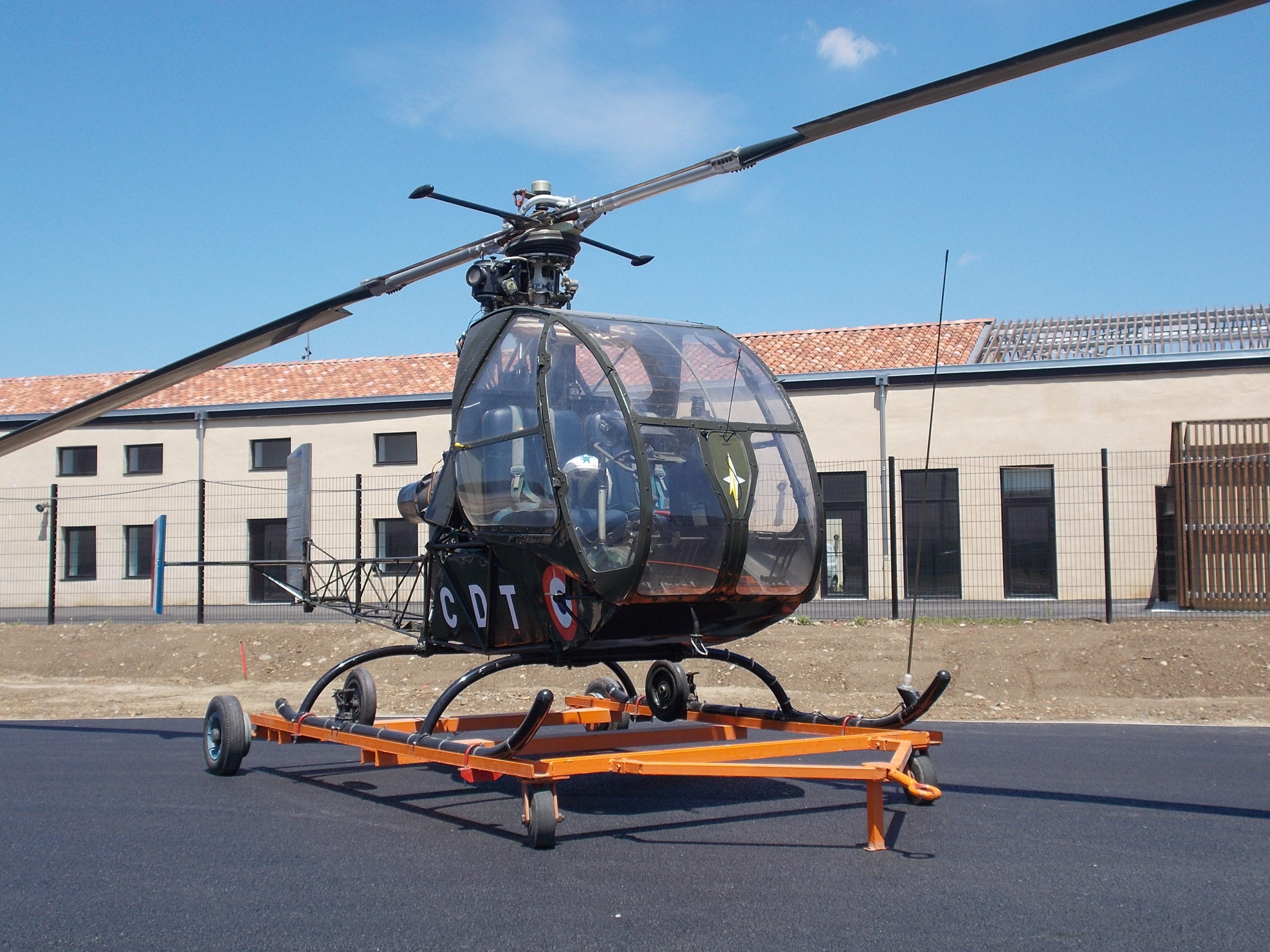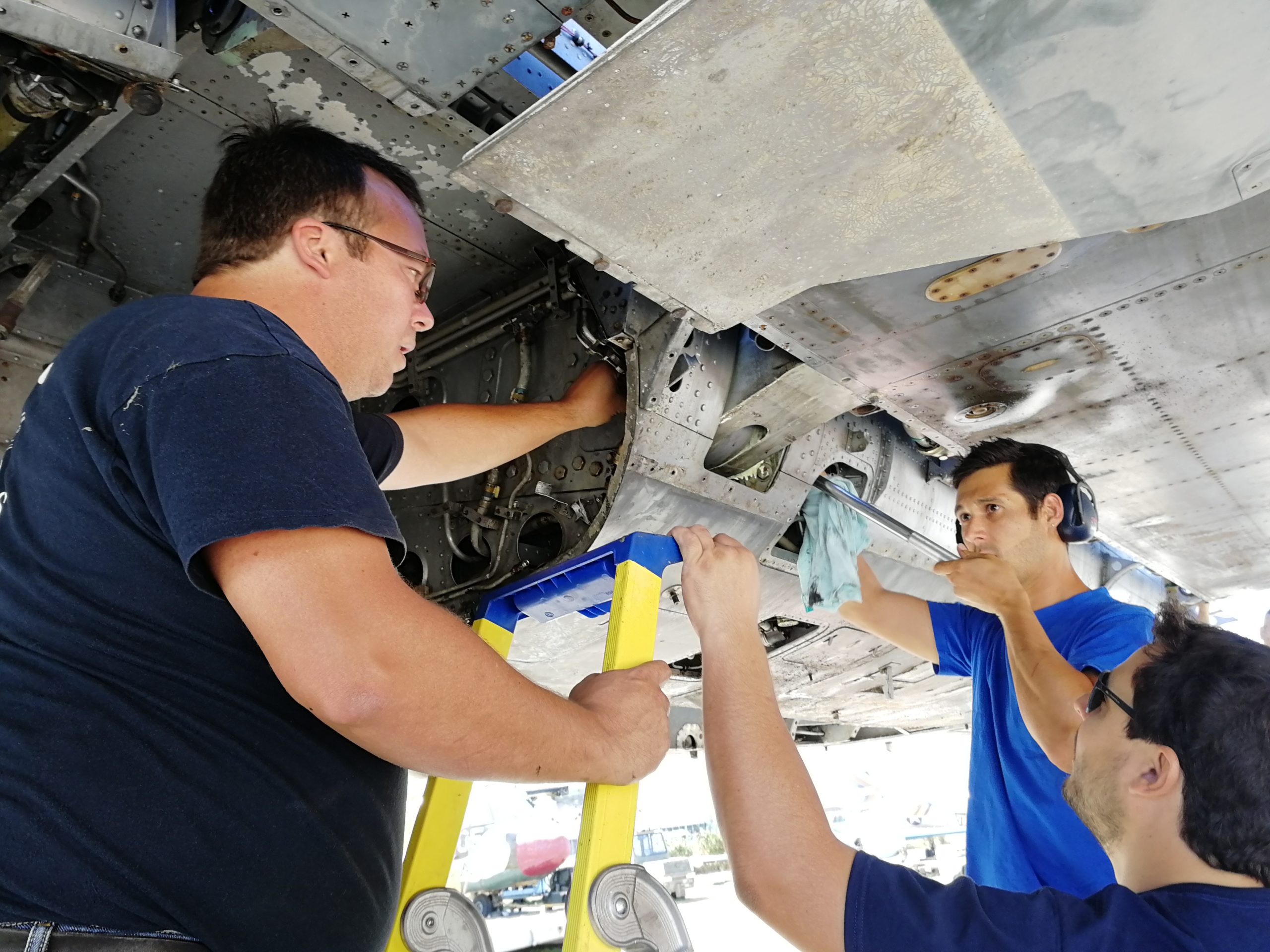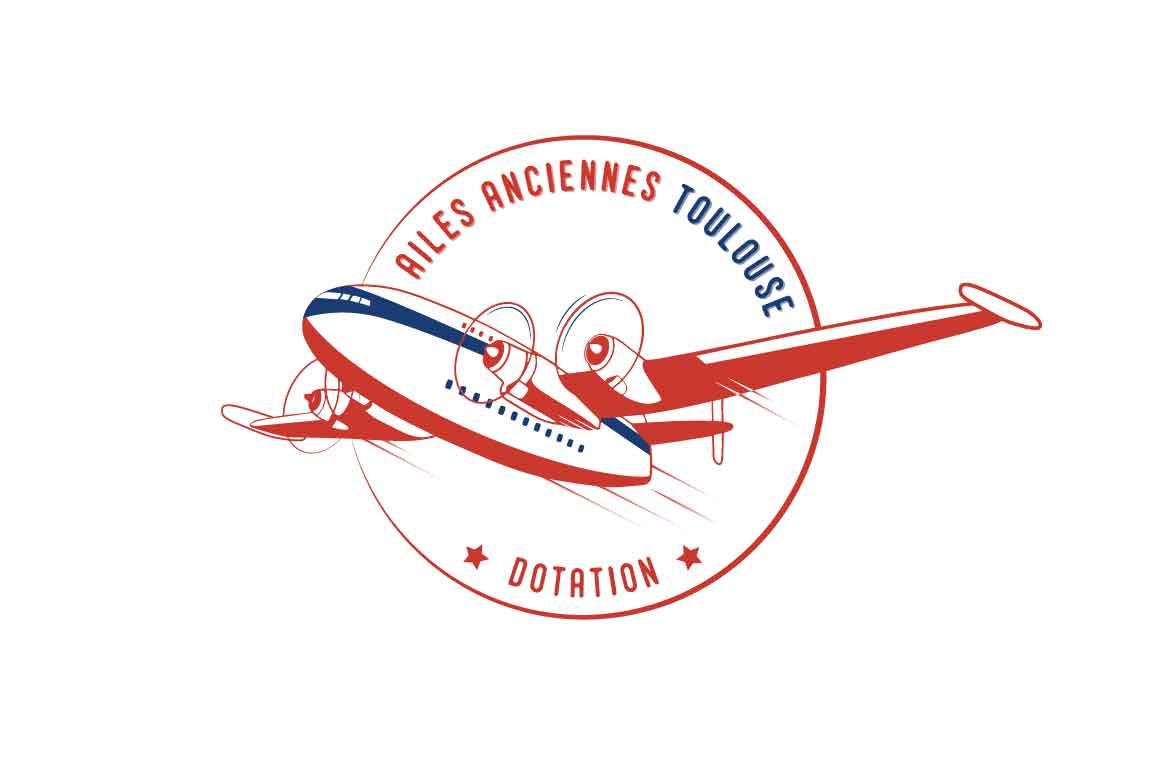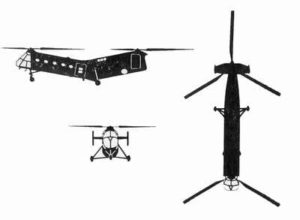
Histoire
Ardent défenseur de la formule birotor en tandem, Franck Piasecki étudia le H-21 à partir du modèle PV-3. Le H-21 fit son premier vol le 11 avril 1952 et se caractérisait par ses deux rotors en tandem, son fuselage à la ligne cassée contenant le poste de pilotage et la cabine à l’avant. Le moteur et le réservoir d’essence étant dans la partie arrière.
Environ 600 furent construits. Ils servirent dans l’US Air Force, l’US Army et furent exportés en France, Allemagne, Japon, Suède et même URSS. Cinq exemplaires civils furent construits pour une compagnie américaine.
A partir de 1956 la France reçut 98 machines pour l’ALAT et l’Aéronavale. Elles servirent pour le transport de troupes en Afrique du nord. Leurs performances se dégradant rapidement dans les zones chaudes et en altitude, les « Bananes » furent surtout affectées en plaine, les H-34 allant dans les zones plus difficiles. En effet, à cause d’une structure plus lourde et des interactions des rotors, le H-21 a toujours souffert d’un handicap par rapport à son contemporain, le H-34.
En 1960, l’Aéronavale transféra ses H-21 à l’ALAT. Après la fin de la guerre d’Algérie, celle-ci utilisa les H-21 en Europe, où leurs performances étaient meilleures. Les derniers furent retirés en 1971, lors de l’entrée en service du Puma.
Il est à noter que le seul hélicoptère birotor encore en production est le CH-47 de Boeing-Vertol. Cette société racheta la firme de Franck Piasecki peu de temps après le lancement du H-21.
Caractéristiques
| Diamètre | 13,5 m |
| Longueur | 26,2 m |
| Hauteur | 4,7 m |
| Masse a vide | 3,63 T |
| Masse maxi | 6,8 T |
| Charge | 20 pax |
| Vitesse | 210 km/h |
| Autonomie | 450 km |
| Equipage | 2 |
| Motorisation | 1 Wright 1820-103 de 1425 ch |
| No Série | FR 106 |
Notre appareil
Notre H-21 est arrivé en 1989 en dépôt du musée de l’ALAT à Dax.
La Restauration
La restauration de notre Banane a duré plusieurs années et a nécessité beaucoup de travail. Toutefois il nous manque encore les deux plexis frontaux pour la finaliser.
Quelques photos

